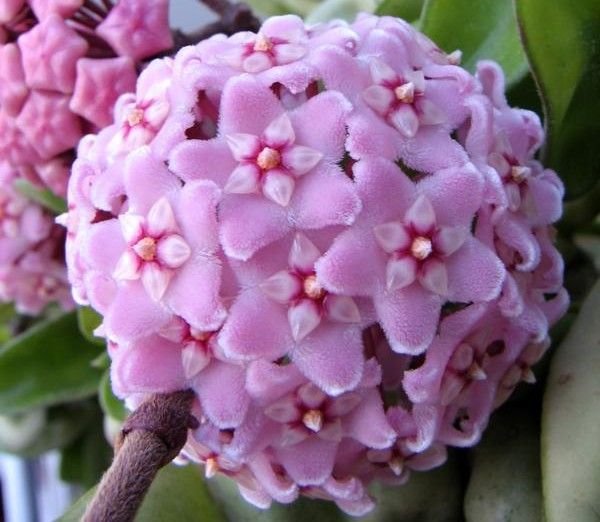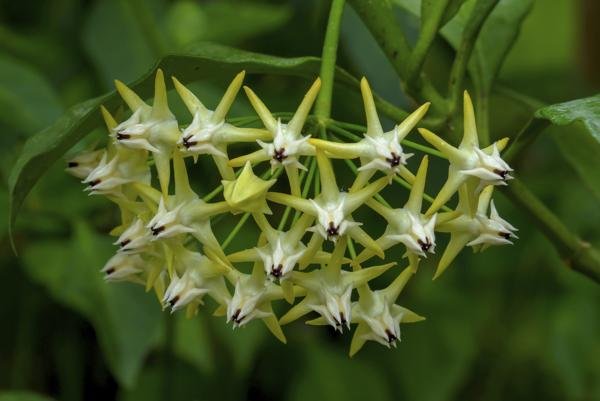The genus Hoya was named by Robert Brown, a Scottish botanist and palaeobotanist who is well-known for his contributions to the field of botany, especially plant taxonomy. This genus comprises more than 200 species of tropical plants. Several species belonging to this genus produce beautiful, sweet-scented flowers that appear in clusters. Though many species are twining vines, some might grow as shrubs. Some of the species can be epiphytes. Epiphytes should not be mistaken for parasitic plants. Though epiphytes grow on other plants, they get nutrients and moisture from air and rain. There are some species that start as terrestrials but turn into epiphytes later.

Hoya plants are also referred to as wax plants, wax flowers, or wax vines due to their waxy foliage and porcelain-like blooms. When cut, clear or milky sap oozes out. While gardening enthusiasts might marvel at the variety of blooms that the different varieties or cultivars offer, some of the varieties also produce ornate leaves. For instance, Hoya kerrii, which is called the Sweetheart Plant or Sweetheart Hoya, is popular due to its heart-shaped leaves.

Hoya Plant Information
✦ Plant Type: Evergreen perennial
✦ Growth Habit: Vine (climbing, trailing), shrubs
✦ Other Names: Wax plant, wax flower
✦ Native to: India, China, Thailand, Malaysia, Indonesia, Philippines, Polynesia, New Guinea, and Australia
✦ USDA Hardiness Zone: 10-12
✦ Light Requirement: Sun in the morning hours and bright, indirect light for the rest of the day
✦ Watering: Average; avoid excessive watering

Very popular among gardening enthusiasts, Hoya carnosa has thick, glossy leaves that are about 6-10 cm in length and 4-6 cm in width. The plant can grow up to a height of 15 feet. Its popularity is often attributed to its sweet fragrance. Each umbrel has about 20-30 flowers.
